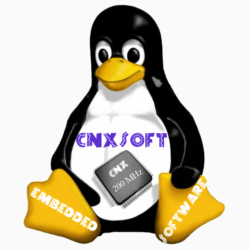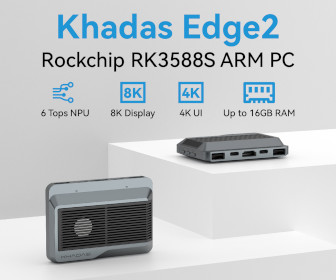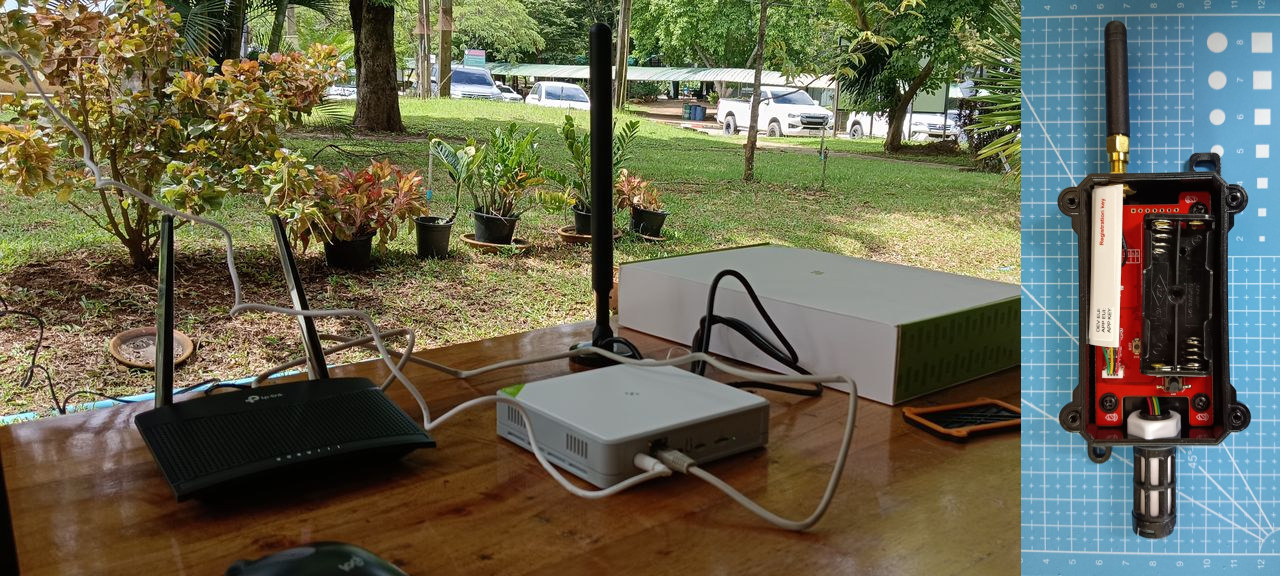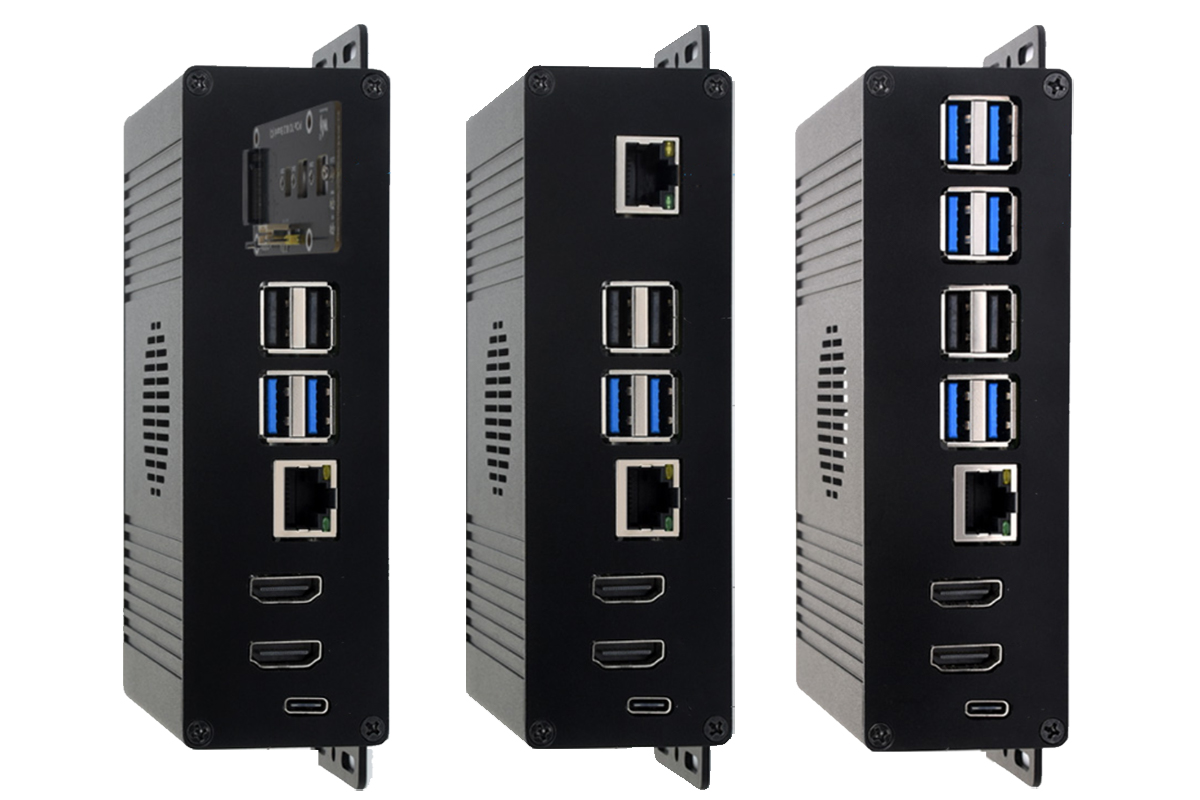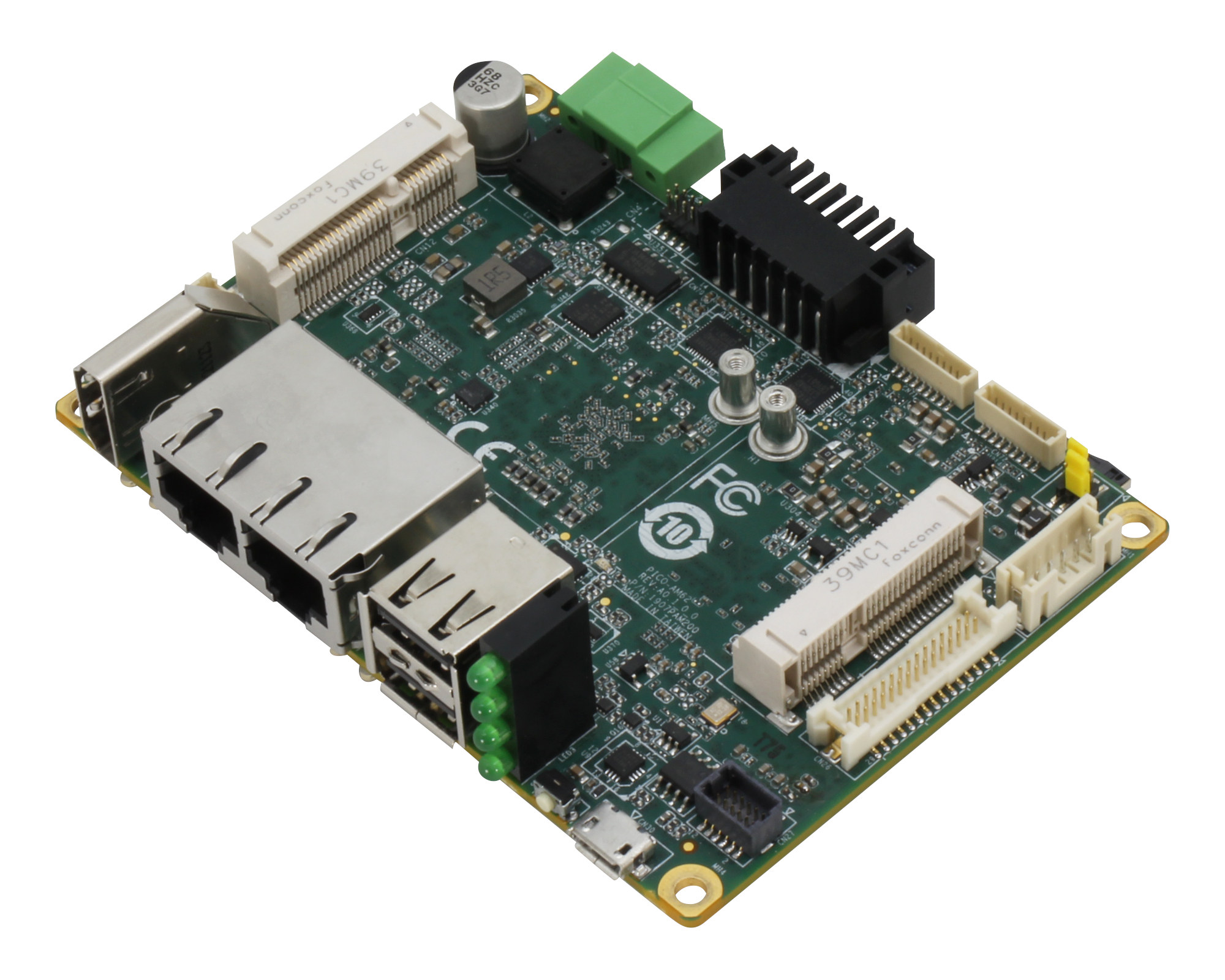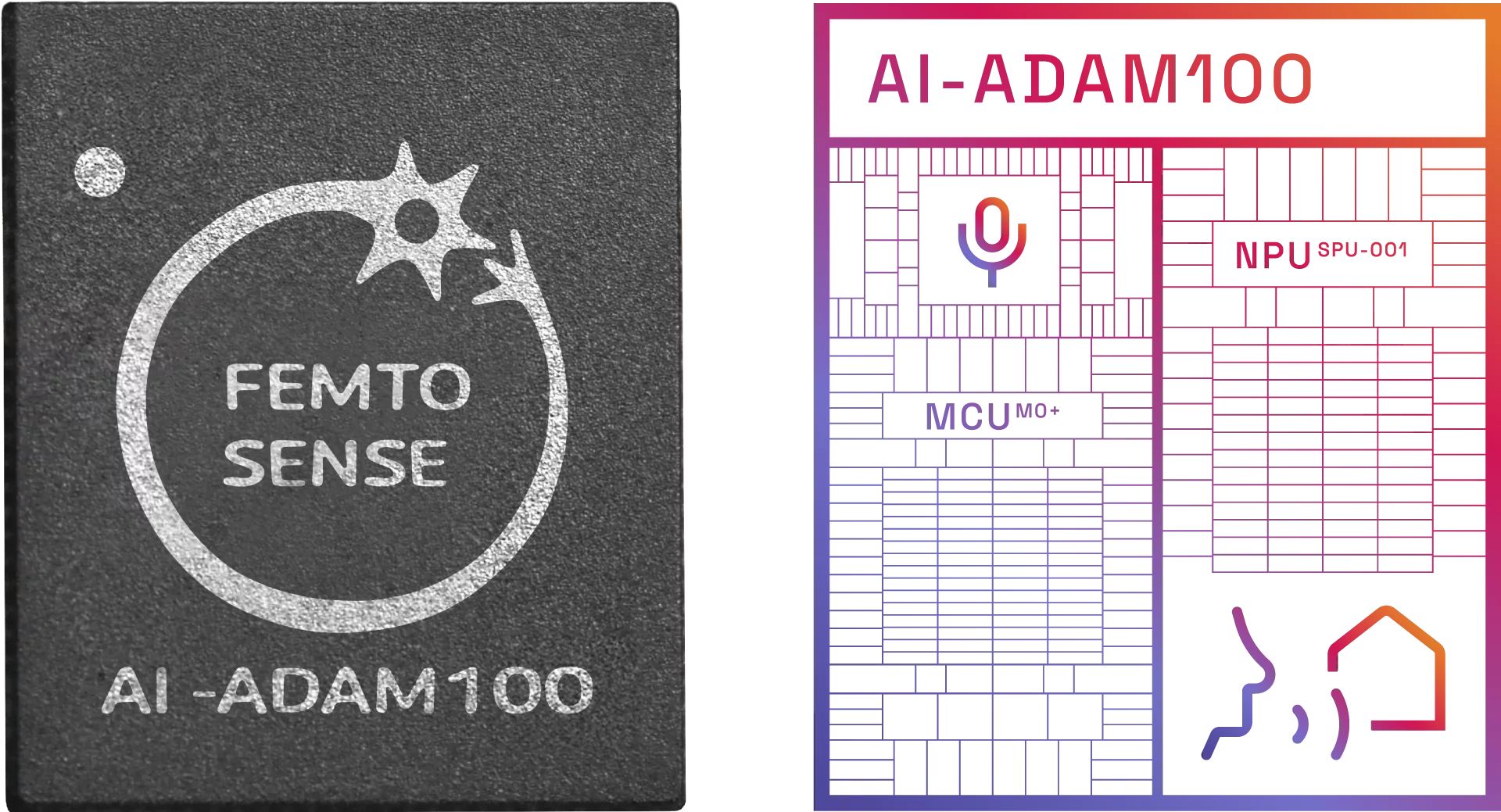Lattice Semiconductor has added two new devices to its small, low-power Lattice Certus-NX FPGA family, namely the Certus-NX-28 and Certus-NX-09 available in multiple packages and designed for communications, computing, industrial, and automotive applications. The Certus-NX FPGAs enable power-efficient PCIe Gen 2 with up to 4 times lower power compared to other FPGAs, and ultra-small form factor with up to 2 times more I/O per mm2 and PCIe and Gigabit Ethernet implementation in packages as small as 36 mm2. The company also claims high reliability and security with up to 100 times lower soft error rate, built-in SEC (Soft Error Correction) and memory block ECC for SEU (Single-Even Upset) protection, and up to 12 times faster instant-on configuration performance. The Lattice Certus-NX family is now comprised of four SKUs: LFD2NX-9, LFD2NX-17, LFD2NX-28, and LFD2NX-40 whose main highlights are shown in the comparison table below. The Certus-NX are available in various packages […]
Save $150 or even £200 on GEEKOM A8 Ryzen 9 8945HS mini PC! (sponsored)
GEEKOM has yet another discount for us with the AMD Ryzen 9 8945HS-powered GEEKOM A8 mini PC with 32GB DDR5 memory and a 2TB NVMe SSD now offered for $699 on GEEKOM US and £699 on GEEKOM UK or savings of respectively $150 and £200 when using the coupon code CNXA8OFF. The mini-computer supports up to four independent 4K displays through HDMI and USB-C ports, fast networking with 2.5GbE and WiFi 6E, and plenty of expansion thanks to six USB ports including a USB4 port capable of 40 Gbps speeds. GEEKOM A8 specifications: SoC – AMD Ryzen 9 8945HS CPU – 8-core/16-thread processor up to 4.0GHz / 5.2 GHz (Turbo) Cache – 16MB GPU – AMD Radeon 780M Graphics AI – NPU performance: 16 TOPS, total: 39 TOPS TDP: 45W System Memory – 32GB dual-channel DDR5-5600 SODIMM, up to 64GB Storage 2TB M.2 2280 NVMe SSD (PCIe Gen4 x4) Full-size SD […]
4.3-inch ESP32-S3 wireless touchscreen display features terminal block with RS485, CAN Bus, I2C, DIO
Waveshare “ESP32-S3-Touch-LCD-4.3B” is a capacitive touch display development board built around an ESP32-S3 SoC with RS485, CAN Bus, I2C, and isolated DIO interfaces provided through a terminal block. The devkit features a 4.3-inch capacitive touch display that has an 800×480 resolution, RTC, and a microSD card slot. Combined with a wide input voltage range of 7-36V DC, the ESP32-S3-Touch-LCD-4.3V is suitable for IoT HMI, smart home automation, and more. Previously we have written about similar development boards from Waveshare like the ESP32-S3 1.69-inch touch display, the $15 Waveshare 1.69-inch IPS touch LCD module, the Waveshare RP2040-LCD-0.99-B rounded display but they would offer no expansion pins or GPIO through pads or 4-pin connectors, while the ESP32-S3 display features a terminal block with additional interfaces like RS485 pr CAN Bus that should make wiring more convenient and versatile for the target applications. Waveshare ESP32-S3 touch LCD specifications: Wireless MCU – Espressif Systems ESP32-S3R8 […]
Review of AgroSense LoRaWAN Smart Agriculture sensors with the SenseCAP M2 LoRaWAN gateway
Today, I will be reviewing the AgroSense LoRaWAN sensors from Makerfabs designed for high-precision agriculture. This time, I received four sets of sensors designed for measuring environmental data and a Seeed Studio SenseCAP M2 LoRaWAN gateway. Below is the list of items I received. AgroSense LoRaWAN Barometric Pressure Sensor – Measures the barometric pressure in a 300 to 1100 hPa range with ±0.12 hPa accuracy and 0.01 hPa resolution. AgroSense LoRaWAN Light Intensity Sensor – Measures the light intensity in a 1 to 65535 lx range with ±1 lx accuracy and ±20% resolution. AgroSense LoRaWAN Temperature & Humidity Sensor – Measures temperature and humidity in the atmosphere in the ranges of -40°C to 85°C and 0 to 100 %RH with accuracy of ±0.2°C and ±0.2% RH respectively. AgroSense LoRaWAN Industrial Temperature Sensor – Measures temperature in the industrial high-temperature environments in the -60°C to 200°C range with ±0.1°C accuracy and […]
Waveshare Pi5 Module BOX is a configurable mini computer kit for the Raspberry Pi 5
Waveshare Pi5 Module BOX is a multi-functional mini-computer kit designed for the Raspberry Pi 5. The housing of this kit is made from aluminum alloy and Waveshare lists three variants of this kit, the first one is the Pi5 Module BOX-A (PCIe to Gigabit Ethernet), Pi5 Module BOX-B (PCIe to 4-ch USB3.2 Gen1), and Pi5 Module BOX-C (PCIe to M.2 interface). The kit looks very similar to the Waveshare Jetson Nano-powered mini-computer or the ODYSSEY-X86J4105 SBC with a case that we have reviewed previously, there was also this metal enclosure for the Raspberry Pi Compute Module 4 that we have written about, feel free to check that out if you are interested in some similar products. Waveshare Pi5 Module BOX specifications Compatibility – Designed for Raspberry Pi 5 (not included) Case Material – Aluminum alloy PCIe Adapter Board Options: Pi5 Module BOX-A – PCIe to Gigabit Ethernet port Pi5 Module BOX-B […]
The Blette Stick relies on Bluetooth 5.0 LE for off-grid messaging with up to 1.1km range
The Blette Stick is a Bluetooth 5.0 LE USB-C dongle designed to be attached to an Android smartphone in order to provide off-grid messaging and GPS coordinates sharing capabilities with a range of up to 1.1km in case WiFi and cellular networks are down. CNX Software readers may also be familiar with Meshtastic devices relying on WiFi to connect to the smartphone with Bluetooth and to other nodes using LoRaWAN to enable off-grid messaging while trekking or during emergencies. The Blettle Stick does something similar to the Meshtastic project but with Bluetooth LE long-range communication instead of Bluetooth+LoRaWAN. While the range will be shorter and limited to around 1km (line-of-sight), the plug-and-play design will make it easier to use for typical users who are not technically savvy. Blettle Stick specifications: SoC – Nordic Semi nRF52 Bluetooth 5.0 LE microcontroller (exact part number not specified, possibly nRF52840) Wireless – Bluetooth 5.0 […]
Texas Instruments AM6232/AM6254-powered SBC and industrial IoT gateway offered with a 20-year lifespan
AAEON’s PICO-AM62 and SRG-AM62 are respectively a single board computer (SBC) and an industrial IoT gateway powered by Texas Instruments AM6232 or AM6254 Sitara Arm Cortex-A53/M4 SoC, designed to operate within the -40°C to 85°C temperature range, and offered with a 20-year lifespan. The SRG-AM62 gateway simply houses the PICO-AM62 pico-ITX SBC within a metal case so both offer dual gigabit Ethernet, HDMI 1.4 port, and two USB 2.0 as well as communication interfaces such as RS-232/422/485 and CAN Bus. Designed to be operated in industrial settings, the systems support a wide 9V to 36V input voltage range. PICO-AM62 SBC and SRG-AM62 gateway specifications: SoC – Texas Instruments AM623x either AM6232 Sitara with dual-core Arm Cortex-A53 processor @ up to 1.4 GHz, Cortex-M4F real-time core @ 400 MHz, no 3D GPU AM6254 Sitara with quad-core Arm Cortex-A53 processor @ up to 1.4 GHz, Cortex-M4F real-time core @ 400 MHz, Imagination […]
Femtosense introduces the AI-ADAM-100 system-in-package for affordable, efficient AI-based voice processing on the edge
Femtosense’s newest release, the AI-ADAM-100, combines a low-power Arm Cortex M0+ microcontroller from ABOV Semiconductor with the Femtosense Sparse Processing Unit (SPU), an in-house neural processing unit. This combination powers AI voice processing and cleanup capabilities on edge devices. It leverages sparsity techniques to ensure that models can run on edge devices without intensive processing. Sparsity in AI refers to the presence of zeroes or non-zero values in the matrices and tensors used in machine learning models. No computation is required for these zero weights, heavily reducing processing requirements. The Femtosense AI-ADAM-100 aims to bring voice control to various devices such as home appliances, hearing aids, industrial headsets, and consumer earbuds. These appliances can implement voice user interfaces that allow users to talk naturally in their own words. On-device voice cleanup functionality would reduce infrastructure costs and improve the accuracy of the data sent to the cloud. The Femtosense SiP […]
